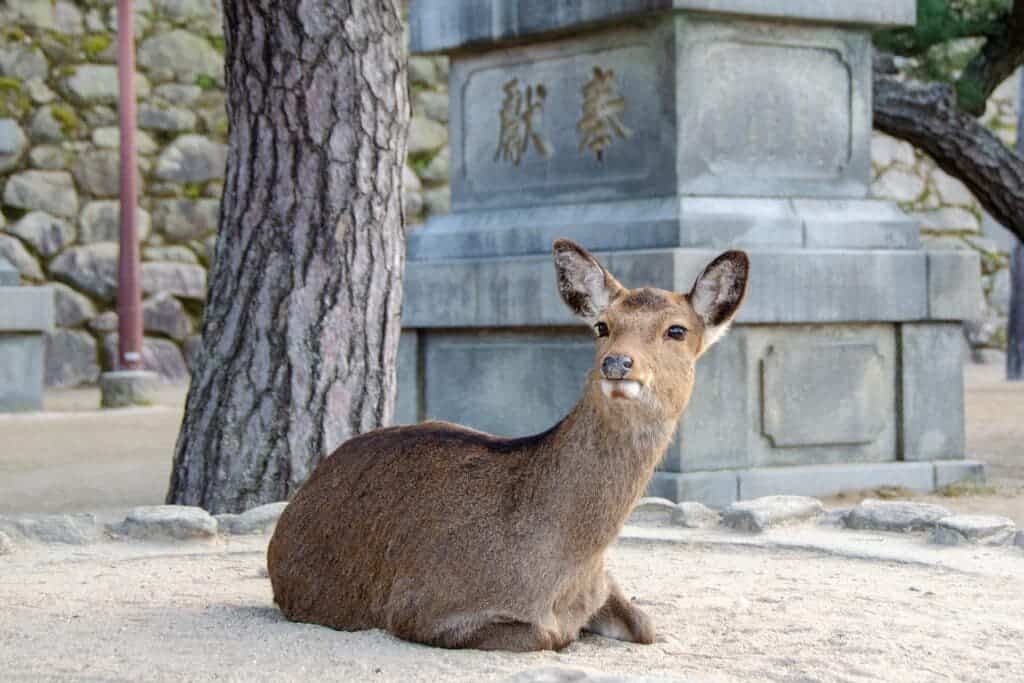Herbivores are facing a greater risk of extinction than predators or omnivores, a new study finds. Megaherbivores (species that grow up to more than 1000 kg) are particularly affected, and their loss will send massive ripples across ecosystems.

The Earth is no stranger to extinction. It’s a natural process, and the rate at which species disappear in the wild is known as the ‘baseline extinction rate’. It’s a bit sad to see species go, obviously, but this process helps remove under-performing actors, or those who can’t adapt, to make room for new ones to evolve.
While this natural extinction rate helps keep the world healthy, human activity is putting immense pressure on the planet, resulting in a greatly accelerated rate of extinction. And it’s disproportionately affecting plant-eaters.
Killing the middleman
“The results were somewhat shocking,” says Trisha Atwood, an Assistant Professor of Watershed Sciences at Utah State and lead author of the study.
“Our highly publicized and fraught relationship with predatory animals such as lions and wolves has led to the unfounded perception that we are losing predators more than any other trophic group.”
This isn’t the first time that human activity has led to the extinction of large herbivorous species. A similar phenomenon took place one million years ago, likely driven by human expansion and hunting, which forever changed the shape of life on our planet.
The disappearance of large herbivores reduced pressure on plantlife, changing growth and population dynamics. This altered fire regimes (there was more fuel, i.e. uneaten plant matter) and impacted nutrient cycling (nutrients are produced by plants and concentrated by herbivores). All in all, such changes lead to the Earth becoming colder — more plants and fewer plant-eaters equals less CO2 in the atmosphere.
The findings suggest that megaherbivores today could experience the same fate, and the consequences of such a change are yet unknown.
The team looked at the diets and threatened status of over 24,500 species of mammals, birds, and reptiles to see which category of animals (herbivores, carnivores, or omnivores) are most at risk of extinction. Their findings indicate that over 25% of today’s herbivore species are faced with extinction, which represents the highest risk margin for any of the studied groups. The team notes that herbivores have been experiencing a disproportionately high rate of extinction since at least the late Pleistocene 11,000-50,000 years ago.
Who needs help the most
The authors say that dispelling misconceptions (such as ‘carnivores are more at risk of extinction than herbivores’) is essential if we’re to fix the issues we’re causing. Different groups of species have different ecological functions, so the loss of each would have a different effect on the balance of nature.
The changes we’re seeing now are similar to those seen 1 million years ago, the authors note: changes to plant species and their population numbers, changes in fire regimes, disruptions in nutrient recycling.
Better management and conservation of herbivores is needed to prevent unpleasant changes in the future, such as dramatic shifts in or complete collapse of natural ecosystems. Since herbivores are a key part of global food webs (both wild and human-run), their loss isn’t an encouraging prospect.
The study highlights that herbivores are faring the worst, but predators aren’t having it easy, either. Scavengers, species that eat the remains of recently deceased animals, and species that primarily eat fish, are also facing a higher risk of extinction.
“Our results enable us to identify specialized diets within the carnivores that are associated with higher extinction risk, and also identify the habitats these species live in,” says Edd Hammill, an assistant professor of watershed sciences at Utah State University and co-author of the study.
“It would appear that seabirds across the globe suffer disproportionately high levels of extinction.”
Understanding the patterns of extinction facing different species groups is only the first step to protecting their health. Next, the team plans to examine what drives these extinctions, so we can focus our efforts on the root of the problem itself.
The paper “Herbivores at the highest risk of extinction among mammals, birds, and reptiles” has been published in the journal Science Advances.


